How to effectively get back to exercising and sports again
There are many things to consider when you're thinking of getting back to a workout routine after taking a break for a couple of weeks, months, or even years. It’s easy to fall out of your exercise routine, but when you’re ready to start again, there are a few steps you’ll want to take to ensure your well-being - getting your doctor’s go-ahead on the physical regimen
There are many things to consider when you're thinking of getting back to a workout routine after taking a break for a couple of weeks, months, or even years. It’s easy to fall out of your exercise routine, but when you’re ready to start again, there are a few steps you’ll want to take to ensure your well-being - getting your doctor’s go-ahead on the physical regimen, setting up a training plan and goals, proper scheduling, starting slow and building gradually.
As part of our Online Education Programme, we recently conducted a webinar to help our athletes learn about the steps on how they can effectively and productively get back to training and sports again. The session, carried out by Leandi van Zyl, Lead – Sport Science/Strength & Conditioning, Sir H.N. Reliance Foundation Hospital, explained the importance of a strength and conditioning program, how it helps in improving performance, and reduces the incidence of injury. She also explained the benefits of strength training and laid down guidelines for training with a mask.
Leandi began by defining the physiological benefits of strength and conditioning, its related factors, and how it helps in:
- Improving mental health
- Cardiovascular health
- Bone and muscle health
- Immunity
- In controlling blood sugar
She then gave some useful tips to begin one’s training regime again by highlighting the factors below:
- Set realistic long and short term goals
- Increase training by 10% each week
- Include periods for rest and recovery in training weeks
- 2-4 days/week of moderate strength training
- HIIT/HIT - 2 days/week
- Moderate intensity training - 2 days/week
Leandi then emphasized how strength training can be done at home, and how to increase the intensity while doing it from home. It can be summarized below as:
- Keep changing your tempo
- Increase the weight from time-to-time
- Increasing your repetitions for developing endurance
- Use Elastic bands in case you can’t access weights
- Keep challenging your core to develop stability
- Use HIIT to increase stamina and improve cardiovascular health
She also added that a good strength program covers all of the following factors:
- Warm-up - stability, mobility, and activation
- Giving importance to good technique
- Knee-dominant exercises
- Hip-dominant exercises
- Push-based exercises (vertical & horizontal)
- Pull-based exercises (vertical & horizontal)
- Single leg exercises
- Plyometrics (good flooring and wear trainers)
- Core strengthening using bracing/rotation/anti-rotation movements
- Cooling down post exercises
Leandi detailed out certain factors that need to be considered while exercising with a mask and they are summarised below:
- Transmission from an infected asymptomatic and symptomatic or pre-symptomatic individuals is possible.
- The spread of virus-containing droplets could be higher during exercise than during a phase of rest
- The problem at higher intensities of exercise, particularly for those with underlying health concerns. It would be prudent for people with existing heart or lung conditions to exercise at a lower intensity than usual while wearing a mask, to prevent any adverse events.
- Be cognizant of one’s breathing during exercise and slow down/take a break periodically.
- A more breathable material will aid in comfort but may have the cost of less effective viral source control.
- Cloth masks or buffs are likely to get wet during exercise. Avoid touching your face.
- Wet material may facilitate viral transmission. Cloth masks are likely to be insufficient to prevent transmission of viral particles to the wearer even when dry.
- Ensure that your face covering is comfortable and secure before leaving the house, to limit the need to readjust it and touch your face.
- Although everything regarding COVID-19 is not clear yet, the rule not to exercise when suffering from febrile illness remains, due to the cardiorespiratory complications that may occur.
Leandi concluded the webinar by stating that if you are getting back to training and sports again, you should:
- Set realistic goals
- Take part in a strength and conditioning program that includes the whole body
- Gradually progress from week to week
- Follow safety protocols wherever you go
- Always wear a mask
In the end, it can be said that slow and steady wins the race. Don't go overboard from the start and aim to make gradual progress. By starting with easy activities, you'll help your body ease back into exercising. To stay motivated, vary your activities and your workouts with endurance exercises, cardio training, and weight training.
In case of queries or if you have any suggestions for webinar topics, please feel free to connect with us on Instagram/Facebook or email us at info@rfyouthsports.com

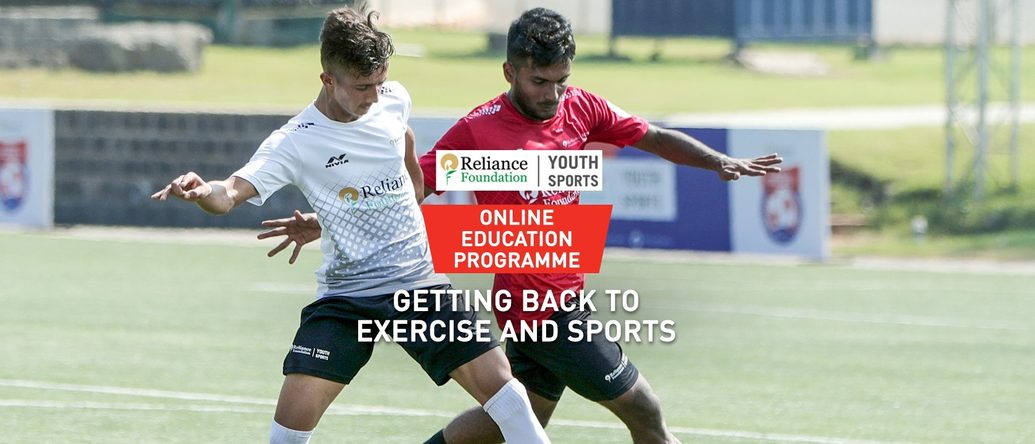
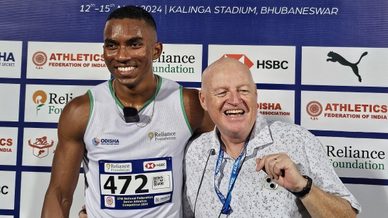
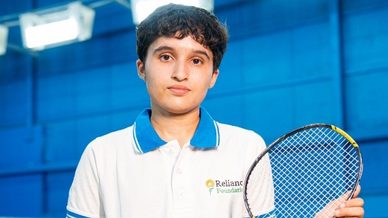




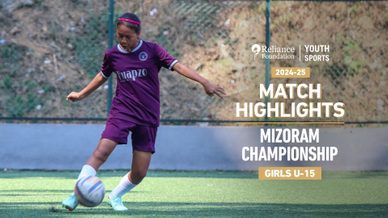

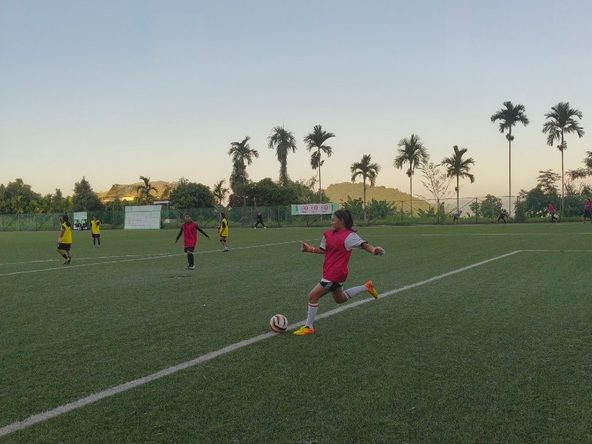
Your Comments